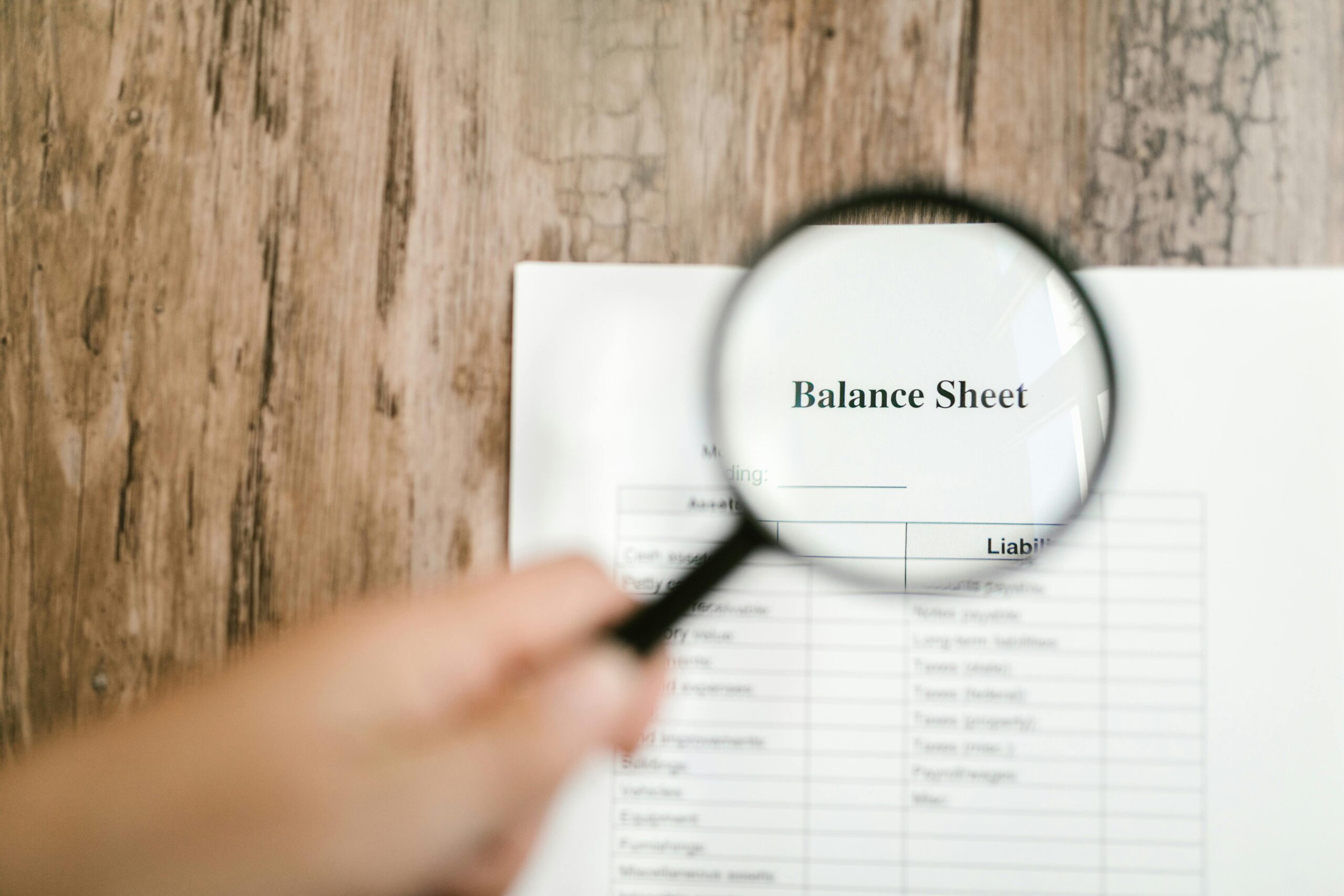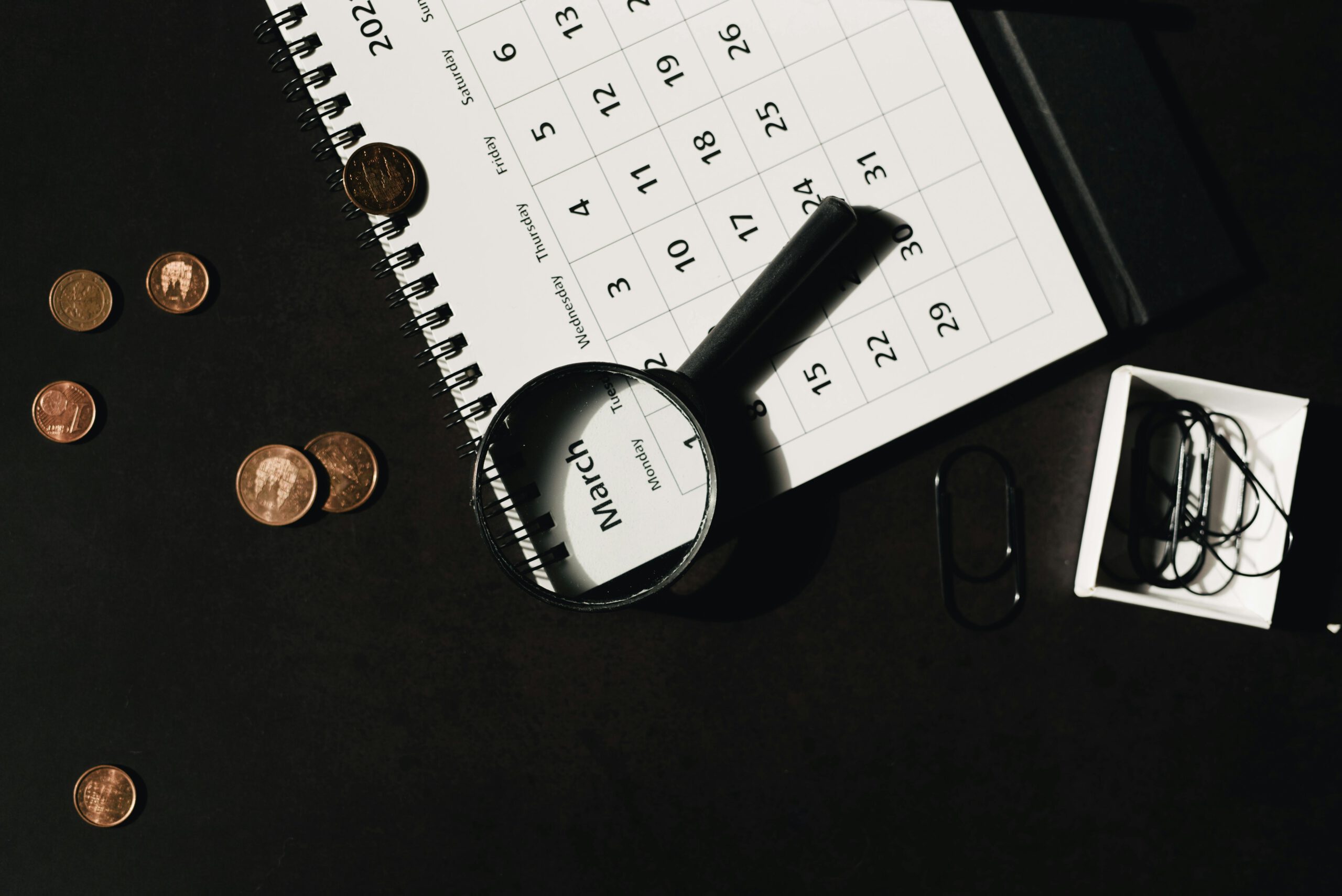Profit and loss & Balance sheet. Sounds fancy, but what are they and what do they mean? If you’re involved in business in any shape or form you’ll need to get your head around these two. They sound scary but they aren’t, we will talk through them step by step below.
Profit and Loss – The Business Scoreboard
A statement of profit and loss (P&L) tells you whether your business is making money or just burning through it. I think this ones the easy one – just follow the formula below, Simple as that.
Sales – Costs = Profit (or Loss)
If your sales income is more than you’re spending, great—you’re in profit land if not then you are in the RED – Making a loss. The P&L covers a set period (like a month or a year), showing if you’re on the right track.
A profit and loss statement usually comes in three main sections: Sales, Cost of Sales, and Overheads. First, you’ve got Sales also known as Revenue, which is the total income coming into the business from selling products or services—whether it’s customers paying at the till or clients paying for services. Next, there’s the Cost of Sales (Direct Costs), which covers the expenses directly linked to making or delivering what you sell—like flour, eggs, and sugar for a bakery, or clothes for Primark. Subtracting the Cost of Sales from your Sales gives you Gross Profit, which shows how much money you’re making before overheads. Finally, Overheads, also known as Operating Expenses, include all the day-to-day costs not directly tied to sales—like rent, staff wages, marketing, and office supplies. After subtracting these from Gross Profit, you’re left with Net Profit, the final number that tells you if you’re really making money
Balance Sheet – The Big Picture Check-In
The Balance sheet shows whether your business is financially stable or built on quicksand. Most businesses care more about the balance sheet than the P&L because it gives a long-term view of financial health. A company can have ups and downs in profit, but if the balance sheet is strong, the business is in a good position to survive and grow. Its broken down with the below formula;
Assets = Liabilities + Equity
As mentioned above, a balance sheet breaks down a business’s financial position into three main sections: Assets, Liabilities, and Equity. First, there are Assets, which represent everything the business owns and can use to generate income.
So its split as follows; Assets are typically divided into current assets, like cash and inventory, which can be converted into cash within a year, and non-current assets, like property, equipment, and long-term investments, which are expected to provide value over a longer period (longer than a year). Then, there are Liabilities, which are the debts or obligations the business owes to others. These can also be split into current liabilities, like bills you owe to suppliers and short-term loan interest, due within a year, and non-current liabilities, like long-term loans or mortgages, which are due over a longer time frame. Finally, Equity represents the business’s net worth—the difference between what it owns (assets) and what it owes (liabilities). It shows the value remaining for the owners after all debts are settled.
Key Differences (Keeping It Simple)
The P&L tells you if your business is making money, while the balance sheet tells you if your business has enough money. The P&L covers a set period, like a month or a year, whereas the balance sheet is a snapshot of a single moment in time. If the P&L is all about profitability, the balance sheet is about financial stability. And there you have it – Easyyyyy



